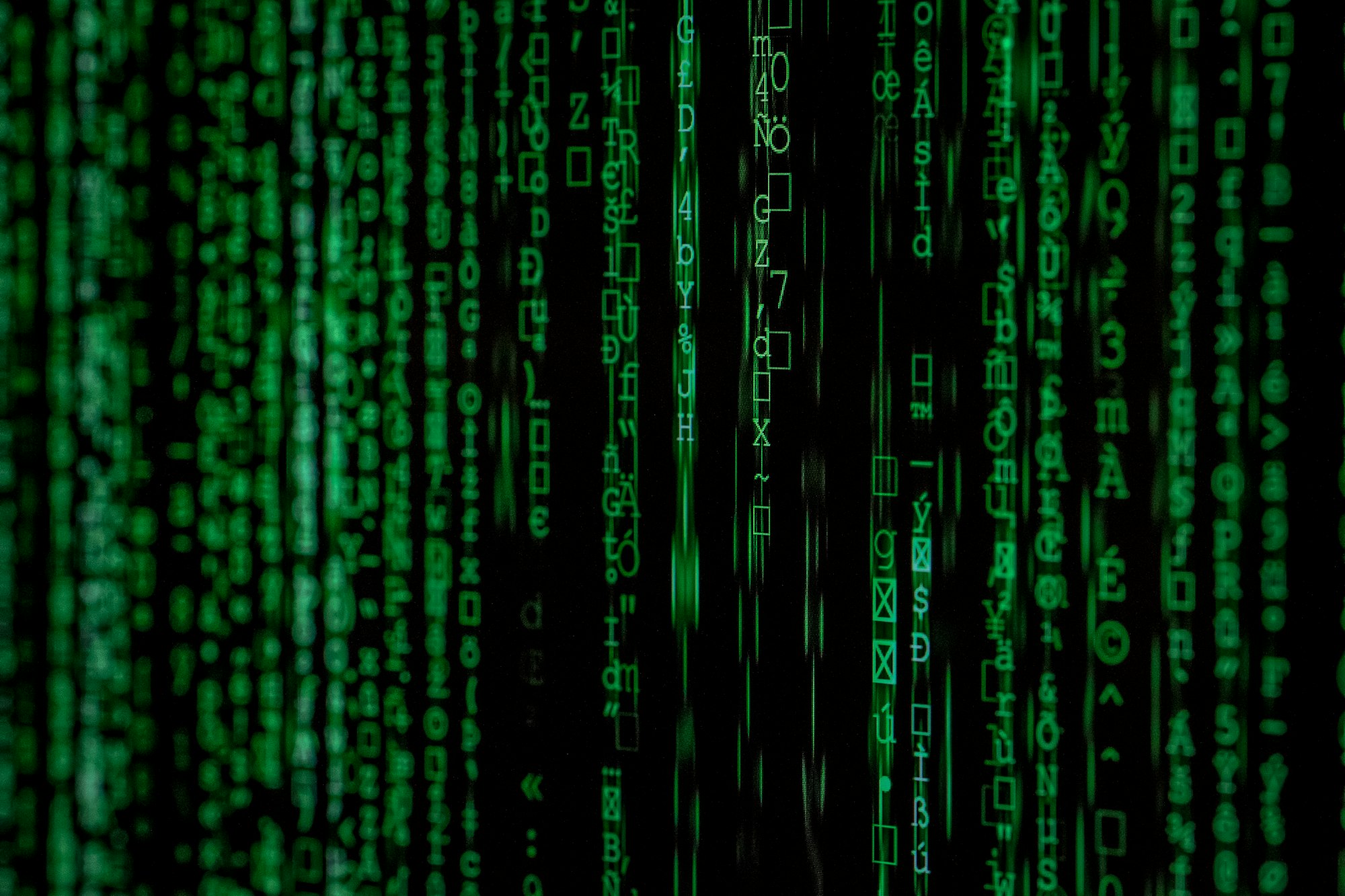If you like our work, please consider supporting us so we can keep doing what we do. And as a current subscriber, enjoy this nice discount!
Also: if you haven’t yet, follow us on Twitter, TikTok, or YouTube!
Representation learning is a broad term for a set of techniques in machine learning that aim to discover good representations of data automatically. Good representation can make data easier to work with and can enable better generalization by a machine-learning model.
There are many ways to learn representations, and new methods are constantly being proposed. Some popular methods include:
- Neural networks
Neural networks can learn representations by training on data and using the weights of the neurons as the learned representation.
- Matrix factorization
Matrix factorization can learn representations by decomposing a matrix of data into low-rank factors.
- Autoencoders
Auto-encoders can learn representations by compressing and then decompressing data using a neural network.
- Generative adversarial networks
Generative adversarial networks can learn representations by training a generator network to generate data that is similar to real data.
Each of these methods can be used to learn representations for different types of data, such as images, text, or time-series data.
Representation learning is an essential area of machine learning research, as it can help us to automatically learn useful features from data. This can be especially helpful when dealing with complex data, such as natural language or images.
Do you like our work?
Consider becoming a paying subscriber to support us!









